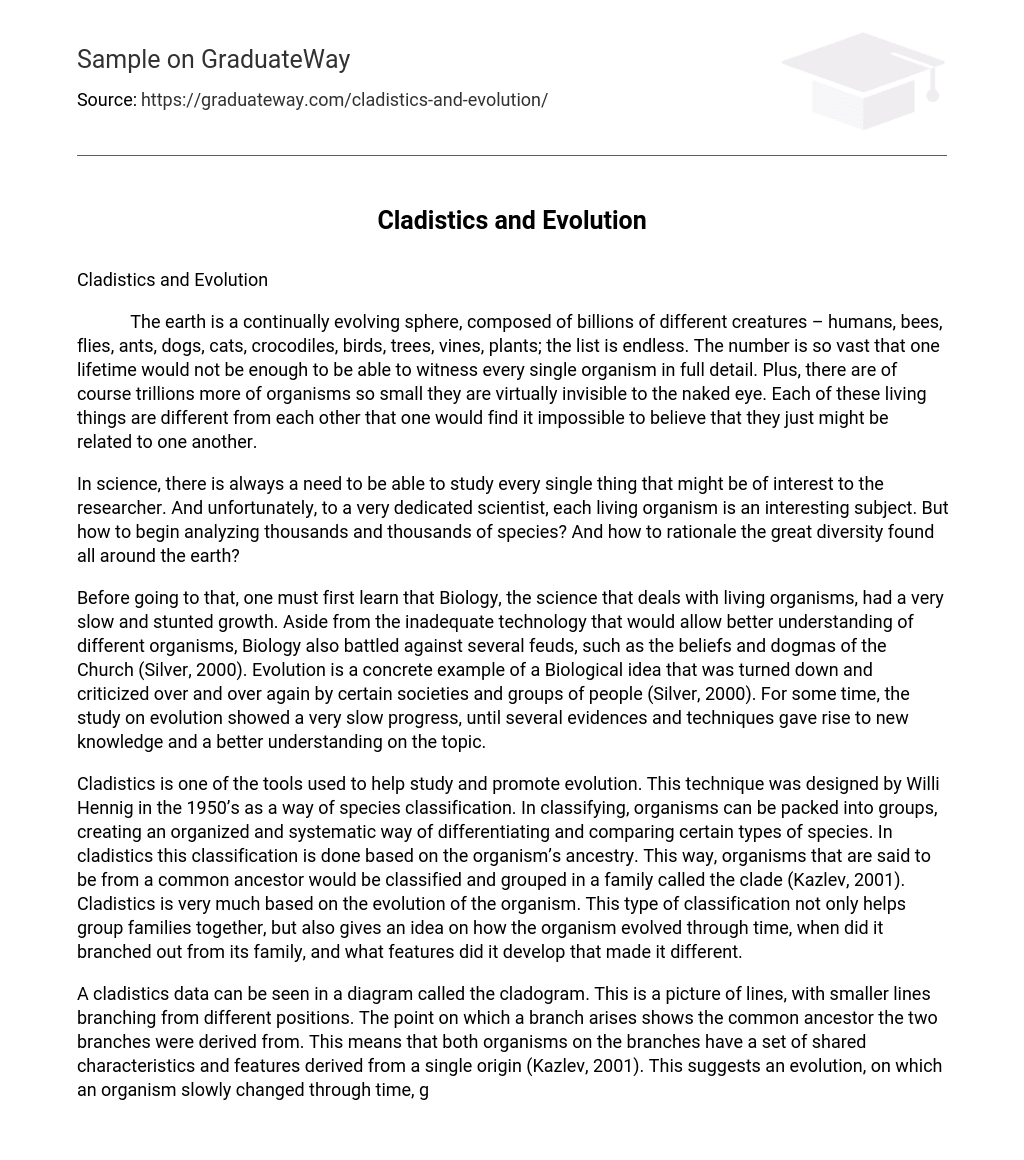The Earth is a continually evolving sphere, composed of billions of different creatures. From humans to bees, flies to ants, dogs to cats, crocodiles to birds, and trees to vines and plants; the list is endless. The number is so vast that one lifetime would not be enough to witness every single organism in full detail. Plus, there are trillions more organisms so small they are virtually invisible to the naked eye. Each living thing is unique from one another that it seems impossible they could be related.
Science requires the ability to study any subject that may interest a researcher. Unfortunately, every living organism is fascinating to a dedicated scientist. However, where does one begin analyzing the vast number of species? And how can we explain the incredible diversity found throughout our planet?
Before delving into the topic, it is important to note that Biology, the scientific study of living organisms, experienced slow and stunted growth. In addition to inadequate technology hindering a better understanding of different organisms, Biology also faced several challenges such as conflicting beliefs and dogmas of the Church (Silver, 2000). Evolution serves as a concrete example of a Biological idea that was repeatedly rejected and criticized by certain societies and groups of people (Silver, 2000). For some time, research on evolution made little progress until new evidence and techniques emerged which led to a better understanding of this topic.
Cladistics is a tool used to study and promote evolution. This technique was designed by Willi Hennig in the 1950s as a way of classifying species. Organisms are packed into groups, creating an organized and systematic way of differentiating and comparing certain types of species. In cladistics, classification is based on the organism’s ancestry. Organisms that share a common ancestor are classified and grouped into a family called the clade (Kazlev, 2001). Cladistics is based on the evolution of the organism. This type of classification not only helps group families together but also gives an idea of how the organism evolved over time, when it branched out from its family, and what features it developed that made it different.
A cladistics data can be visualized through a diagram known as the cladogram. It is composed of lines that branch out from different positions, with smaller lines stemming from them. The point where a branch emerges indicates the common ancestor from which both branches originated. This implies that both organisms on the branches share a set of characteristics and features derived from a single origin (Kazlev, 2001). Such shared traits suggest an evolutionary process in which an organism gradually changes over time, gaining or losing certain features that distinguish it from others.
The popular use of cladistics in classification and other studies has strengthened theories about evolution. It provides concrete evidence of organisms evolving and branching out from their original ancestral beings. Most importantly, it suggests sufficient and logical explanations for the diversity of creatures on Planet Earth and how they came to be.
References:
Kazlev, M.A. (2001). Cladistics and Phylogenetic Systematics. Kheper Website. Retrieved May 08, 2008, from http://www.kheper.net/evolution/systematics/cladistics.htm.
Silver, B.L. (2000). The Ascent of Science. New York: Oxford University Press.





